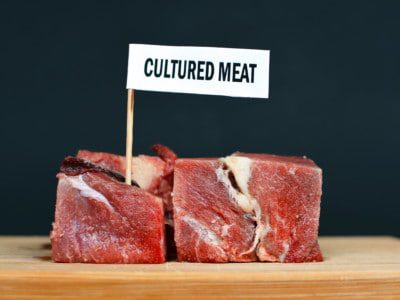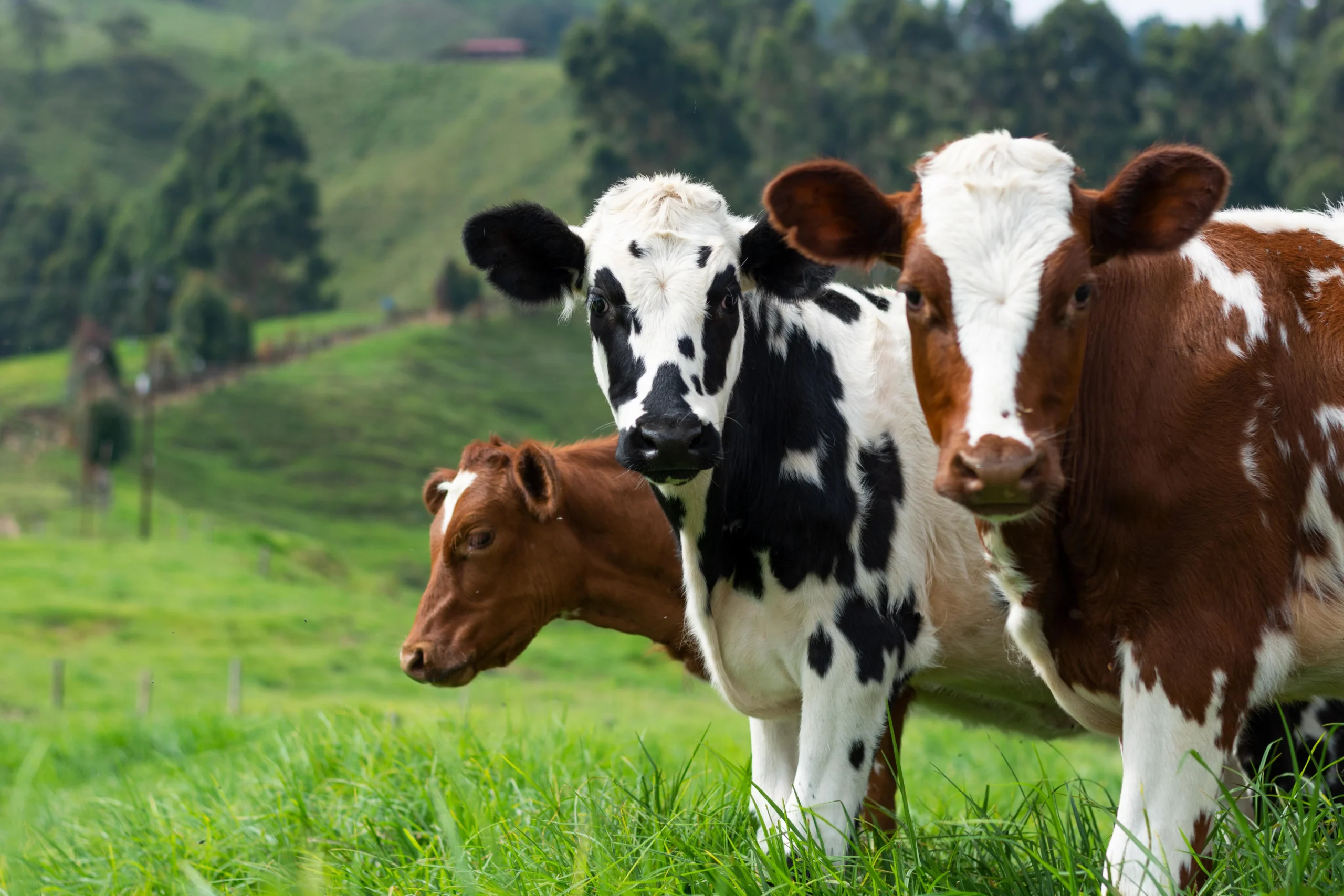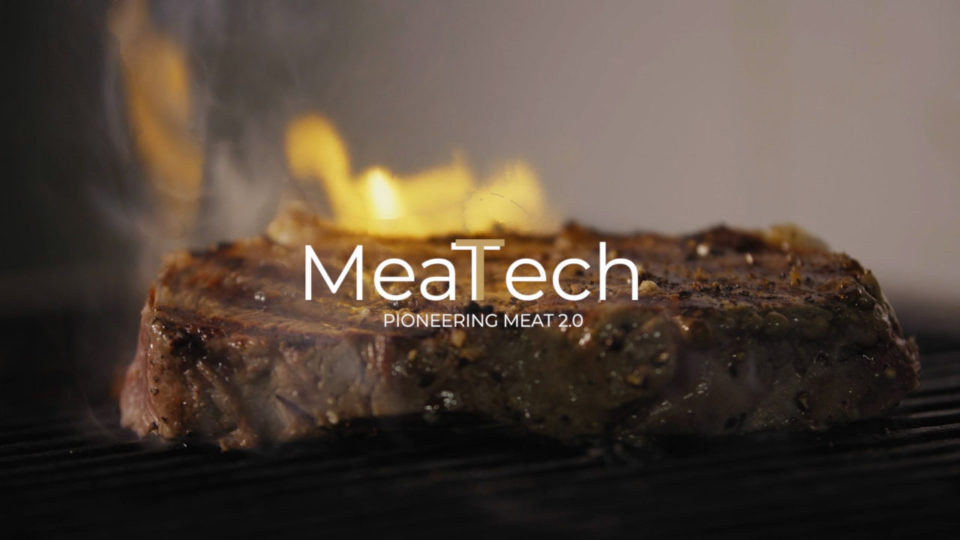The Rapid Growth of the Cultured Meat Industry
Meeting Consumer Demand with Innovation
The cultured meat industry is witnessing unprecedented growth, driven by rising consumer demand for ethical, sustainable, and healthier food options. With the global population expected to reach 9.7 billion by 2050, traditional meat production methods are under intense scrutiny due to their environmental impact and ethical concerns. Lab-grown meat offers a viable solution to these challenges by producing meat without the need to raise or slaughter animals.
Businesses at the forefront of this industry are leveraging cutting-edge cellular agriculture technologies to produce lab-grown meat, fish, and dairy substitutes. These companies aim to address consumer demand while mitigating the environmental and moral issues associated with conventional animal farming. As consumers increasingly prioritize sustainability and animal welfare, the market for cultivated meat is poised for exponential growth.
Beyond addressing ethical concerns, cultivated meat provides a pathway to meet the nutritional needs of a growing population. By reducing dependency on large-scale livestock farming, which contributes significantly to greenhouse gas emissions and deforestation, cultured meat aligns with global sustainability goals.

Cellular Agriculture: The Backbone of Lab-Grown Meat
A Revolutionary Approach to Food Production
Cellular agriculture is the innovative process at the heart of the cultured meat industry. By cultivating animal cells in bioreactors, companies can replicate the structure, texture, and taste of traditional meat without the need for animal farming. This revolutionary approach involves isolating stem cells from animals and growing them in nutrient-rich mediums, creating real meat products in a controlled, ethical environment.
This process drastically reduces the environmental footprint of meat production. Studies indicate that lab-grown meat could cut greenhouse gas emissions by up to 96% compared to traditional livestock farming. Additionally, cellular agriculture consumes significantly less land and water, making it an attractive solution for resource-scarce regions.
Furthermore, cellular agriculture enables precision in nutritional content. Companies can enhance the nutritional profile of cultured meat by fortifying it with essential vitamins, omega-3 fatty acids, or reducing unhealthy fats. This customization offers a healthier alternative for consumers while retaining the flavors and textures they crave.
Scaling Challenges and Industry Collaboration
While the potential of cellular agriculture is immense, scaling up production remains a significant hurdle. High costs associated with bioreactors, growth mediums, and infrastructure have limited widespread commercialization. However, companies are addressing these challenges through technological advancements and partnerships with governments and investors.
Collaborative efforts between startups, research institutions, and large food corporations are driving innovation in bioreactor technology and cell-culture processes. These collaborations aim to reduce costs, enhance efficiency, and make lab-grown meat accessible to mainstream markets.
Asia, in particular, has emerged as a leader in cultured meat innovation, with nations like Singapore approving the commercial sale of lab-grown meat products. The region’s supportive regulatory environment and investments in cellular agriculture are paving the way for global adoption of this technology.
The Role of Startups in Driving Change
Startups like RespectFarms are at the forefront of the cultured meat revolution. By focusing on creating muscle tissue from cow stem cells in bioreactors, these companies are not only producing lab-grown meat but also working towards integrating it with traditional farming practices.

RespectFarms envisions a future where farmers can balance conventional livestock farming with the production of cultured meat. This hybrid model preserves traditional farming roles while meeting the growing demand for sustainable and ethical meat alternatives. By combining old and new methods, startups are creating a future where food production aligns with consumer values.
Addressing Ethical and Environmental Concerns
Redefining Animal Welfare
One of the most compelling arguments for cultured meat is its potential to eliminate animal suffering. Traditional livestock farming often involves unethical practices, including overcrowding, inhumane slaughter methods, and genetic manipulation. Cultivated meat eliminates these issues, offering consumers a guilt-free alternative.
Lab-grown meat also addresses the growing global demand for meat without increasing the strain on animal populations. By producing meat in bioreactors, the industry reduces the need for intensive farming practices, aligning with ethical consumption trends.
Additionally, cultured meat has the potential to combat issues like zoonotic diseases and antibiotic resistance, which are often linked to traditional animal farming. This aspect is particularly crucial in a post-pandemic world where food safety is a top priority.
Environmental Benefits of Cultured Meat
The environmental impact of traditional meat production is staggering, contributing to deforestation, water scarcity, and greenhouse gas emissions. lab-grown meat offers a more sustainable alternative, requiring significantly fewer natural resources.
For example, producing lab-grown beef uses up to 99% less land and 96% less water compared to conventional farming. It also generates far fewer methane emissions, a potent greenhouse gas. These reductions make cultured meat a key player in global efforts to combat climate change.
Moreover, by reducing the dependency on large-scale livestock farming, cultured meat helps preserve biodiversity. Deforestation for grazing land and feed production is a major driver of habitat loss, and shifting to lab-grown alternatives can alleviate this pressure.
Building Consumer Trust and Awareness
Despite its benefits, cultivated meat faces skepticism from consumers, particularly regarding its safety and naturalness. Building trust through transparent labeling, regulatory approvals, and educational campaigns is essential to overcoming these barriers.
Highlighting the ethical, environmental, and health advantages of lab-grown meat can help shift consumer perceptions. Collaborations with chefs, food influencers, and sustainability advocates can also play a crucial role in promoting cultured meat as a desirable option.
As awareness grows, the acceptance of cultured meat is expected to increase, especially among younger, environmentally conscious consumers. By addressing concerns and emphasizing benefits, the industry can pave the way for widespread adoption.

Conclusion: Cultured Meat as a Game-Changer
The cultured meat industry represents a transformative shift in food production, blending technology, ethics, and sustainability to meet the demands of a changing world. As innovative businesses continue to refine cellular agriculture and overcome scaling challenges, lab-grown meat is poised to become a mainstream option for consumers.
With its potential to reduce environmental impact, address ethical concerns, and provide healthier alternatives, cultured meat offers a compelling solution to the global challenges of food security and sustainability. Startups like RespectFarms are paving the way, demonstrating that a harmonious balance between traditional farming and modern innovation is possible.
As consumer awareness and acceptance grow, the cultured meat industry is set to revolutionize how we produce and consume food, shaping a future that prioritizes both people and the planet. The rapid growth of this market signals a new era in food production—one that is ethical, sustainable, and poised to meet the needs of generations to come.











